Site trailers have long been considered the standard for construction, oil & gas, mining, and mineral exploration projects. While site trailers have their uses, they aren’t always the most practical – or affordable – building solution for providing workforce housing, office space, and more.
In extreme and remote conditions, site managers find that engineered fabric structures address their needs better than site trailers.
When faced with the decision of choosing a portable building solution, how do you know which is best? We’ve compiled a comparison of engineered fabric structures versus site trailers below.
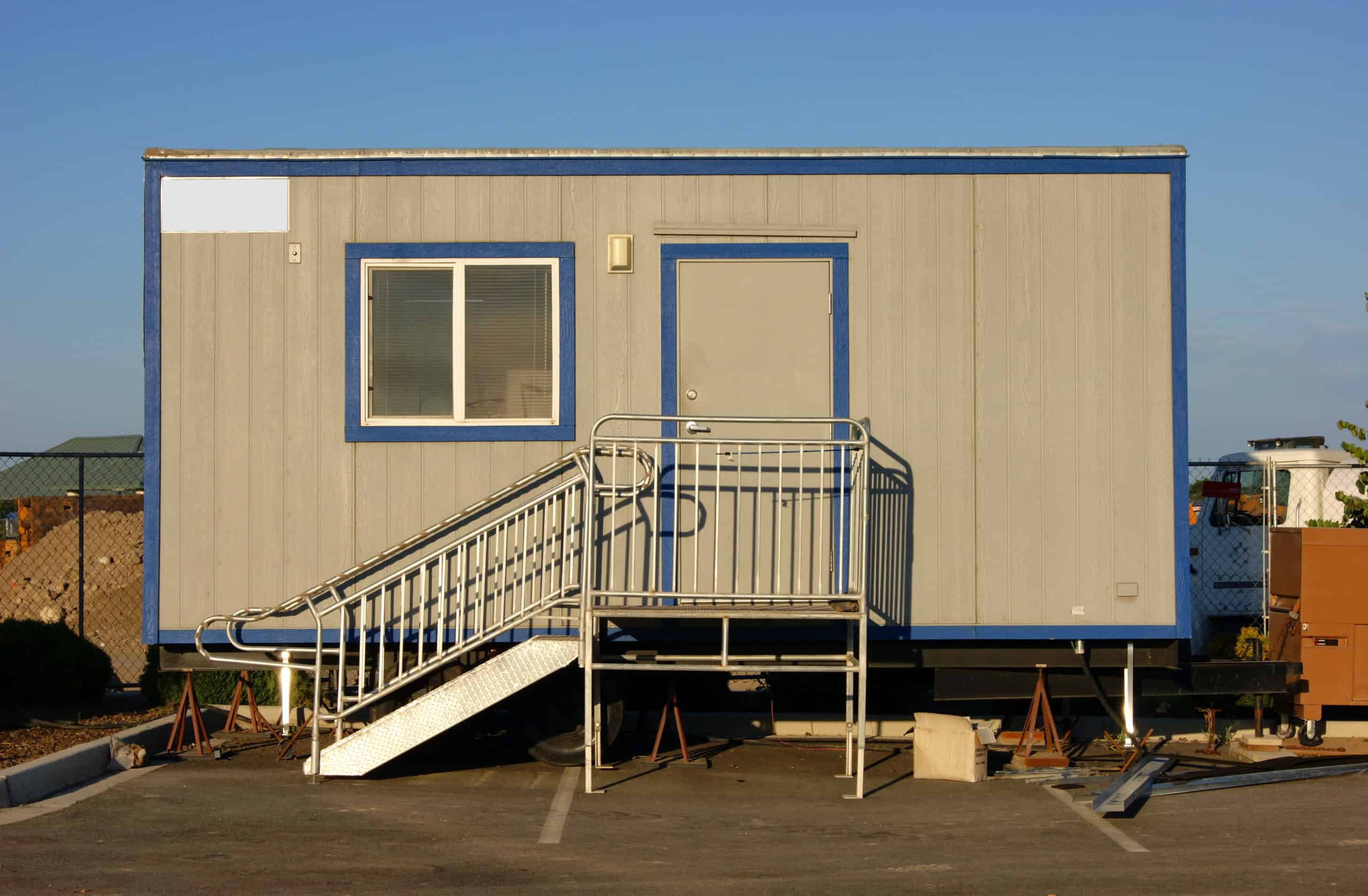
Site Trailers
Site trailers are hard-walled structures designed to be relocated and provide temporary housing, workforce accommodation, and mobile office space. In some cases, the standard dimensions of portable trailers can be helpful for planning purposes. A single-wide trailer is typically 8’ wide x 20’ long (160 sq. ft.). Additional lengths (up to 60’) and widths are available, as well as the ability to weld trailers together to create a double-wide or triple-wide trailer for larger interior space.
The boxy shape of trailers also allows them to be stacked to create multi-story structures. For smaller sites, this is typically done as a workaround to provide the necessary amount indoor living and working space in a smaller footprint. This advantage makes site trailers a popular option in more urban areas that have existing infrastructure and tight, confined spaces to work in.
Of course, as a temporary structure, trailers don’t offer the same advantages you’d find in other structures. For example, the broad-sides of individual site trailers are susceptible to high winds, requiring the use of extensive foundations to be used safely. This extends constructions schedules and requires more time for planning, permitting, and pre-site work to build trailer foundations.
With regards to safety, there is a high degree of ambiguity related to the ‘temporary structure’ classification of job site trailers and meeting building codes. Depending on the municipality or local building codes, this may allow companies to provide portable trailers that don’t meet specific wind or snow load requirements, creating unsafe living or working conditions for workers and staff. If you are considering using site trailers, we recommend you ask the trailer manufacturer or trailer rental company to provide proper safety and engineering documentation.
In talking with site managers, the biggest drawback is the transportation associated with getting individual site trailers to remote locations. The bulky nature of a portable trailer requires road access and more logistics than other types of prefabricated buildings that can be packed into a much smaller and more efficient shipping cube. Typically, an individual site trailer will require its own truck and driver to deliver to the job site. In some cases, you can fit two site trailers onto the same flatbed truck. When considering the logistics involved with establishing a 500-person work camp using portable trailers, the amount of planning and transportation costs can be staggering. Additionally, heavy equipment and cranes may be needed to place or lift job site trailers into place.
An item often overlooked when designing a work camp using trailers, is the ongoing maintenance and upkeep costs. If you are renting job site trailers for a remote project, be sure to read the fine print. Typically, the “user” or company renting portable trailers is responsible not only for the proper permitting, but ongoing maintenance, and losses for damage and theft. There is a fine line between what is considered ‘normal wear and tear’ and damage. For this reason, we recommend asking for a detailed description of the ‘normal wear and tear’ items so you have a clear understanding of what is covered.
If you are considering purchasing, warranties on job site trailers are one to three years. In order to extend the life of your job site trailer, it is recommended you reseal the roof coating to prevent rust, repaint the walls with an oil-based paint, and re-caulk the windows periodically. Job site trailers require eagle-eye attention to prevent problems from quickly growing and being more costly, such as: loose siding, bulges or bubbles in the roofing, signs of mold or mildew growth, damaged flashing and water intrusion, animal or insect dwellings in the undercarriage, and warping or separation of drywall seams and battens …just to name a few.
[Related: Portable Office Spaces and Modular Buildings]
Advantages of Engineered Fabric Structures
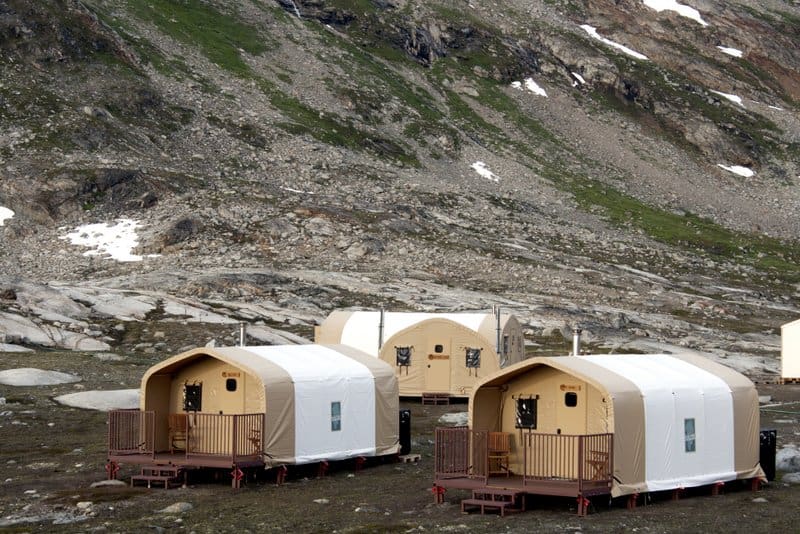
Recent innovations in engineering and material technology have allowed for the development of highly-portable building technologies capable of withstanding prolonged use in extreme environments. The old concept of the “canvas tent” – a cloth being strung over a handful of support poles or draped over a taut rope – is a thing of the past. New and long-lasting composite membranes create weatherproof structures that offer free-span interiors for nearly any type of building application.
Careful attention should be given to understand the difference between a fabric structure from a company that relies on ‘blanket statements’ to imply their fabric building is engineered and capable of withstanding up to a certain wind and snow load versus companies that custom design and engineer individual building systems to meet and exceed site-specific conditions, as well as adhere to local and international building code (IBC) for an unmatched level of safety and durability.

Typically, fabric building companies that choose to mass produce overseas are focused on cost savings, not creating one-of-a-kind building solutions designed to meet customer specific requirements. This strategy relies on customer’s choosing the appropriate building solution that will meet their local or international building code (IBC) for safety.
Companies like Alaska Structures offer a unique approach. They have been engineering high-performance building systems for nearly 50 years. These individually tailored and custom-built structures are designed to meet a customer’s specific building requirements. Nearly every facet of their building design is well-planned to address functional or environmental challenges, and then engineered to meet local or IBC to provide an unmatched level of safety. These strong and durable structures are perfectly adapted for quickly establishing remote camp systems and workforce accommodations such as modular offices, dining facilities, and survival shelters in locations with extreme weather conditions.
[Related: The Benefits of Engineered Fabric Structures for Extreme Weather Research Facilities]
Engineered fabric buildings from Alaska Structures offer many advantages when compared to individual site trailers, including:
- Custom designed and engineered fabric structures are available up to 120’ wide, with any side-wall height, and to any length. Choose from a large selection of building designs and a near endless number of customization options and add-on products including windows, doors, modular flooring systems, energy-saving insulation packages, HVAC, as well as lighting and electrical systems.
- American made craftsmanship uses the highest quality materials and the latest manufacturing techniques to reduce production waste, as well as adhere to strict quality control measures to create one-of-a-kind building solutions that offer the longest-lasting durability.
- Drastically reduce transportation costs and decrease the logistical burden of delivering engineered fabric buildings to remote sites. By design, engineered fabric buildings from Alaska Structures offer a smaller cube and weight compared to individual site trailers.
- A minimal foundation requirement allows all fabric buildings from Alaska Structures to be setup on virtually any level surface and with much less site preparation, reducing overall construction schedules and environmental impact. Concrete foundations are not required for the installation of their fabric buildings.
- Minimal tool requirement reduces the tools and equipment needed to construct an Alaska Structures’ building system. Unlike other building solutions, engineered fabric buildings from Alaska Structures are designed to be setup by non-skilled labor and do not require skilled technicians, supervisors, or Alaska Structures work crews.
- Easily relocate your Alaska Structures’ building solution from one job site to the next. Depending on the building size and configuration, an expeditionary building system from Alaska Structures can be setup in as little as 10 minutes.
- Once setup, Alaska Structures’ building solutions are virtually maintenance free. The tensioned fabric membrane is engineered to be mold and mildew resistant, will not rot, is UV stabilized (not coated) for prolonged use in environments with high solar loads, and exceeds the fire safety requirements outlined in the California Code of Regulations for membrane structures.
- Optional powder coating is available to further protect high-strength frame systems from corrosive environments or materials.
Over the last 10 years, Alaska Structures has produced and delivered more than 35,000 custom-built structures on time and within budget.
[Related: Guide to Remote Workforce Accommodations in Remote Locations]
The Best Choice for Modular Structures
So, what is the best modular structure for your remote project? Individual site trailers or engineered fabric buildings?
We hope the information presented in this guide has been helpful to make an educated decision.
Much like the canvas tents of old held a special place in the hearts of early prospectors, as work trailers are replaced with newer building technologies – like engineered fabric buildings that offer many more advantages, generations of workers will one day reminisce of the “old” days spent on a remote job site and working in trailers.
Companies like Alaska Structures are well positioned and already creating sustainable and highly-portable structures capable of meeting today and tomorrow’s remote challenges!
For more information or to discuss your modular structure needs, contact Alaska Structures today!
Tel: 907-344-1565
Email us
Web: www.AlaskaStructures.com


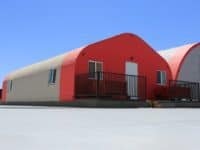

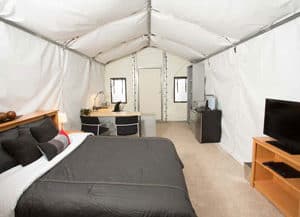

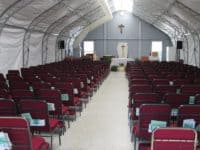
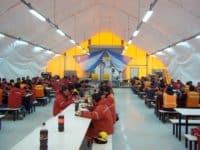
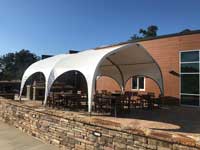
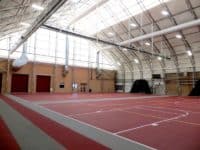

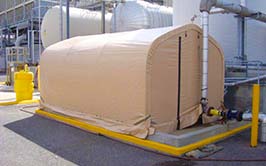

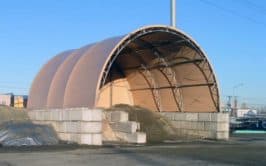
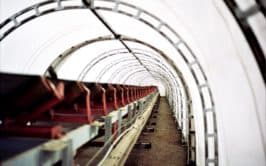
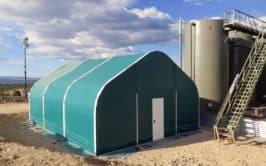


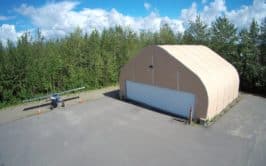
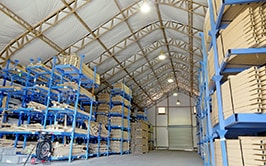
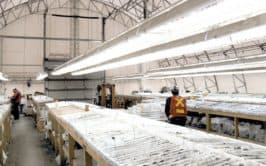
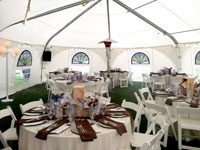
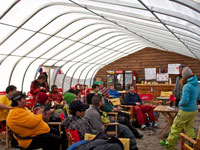

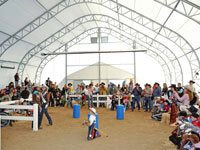
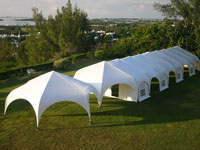

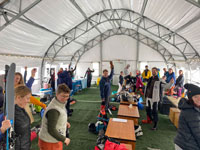
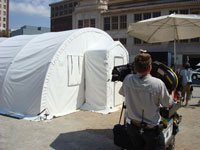
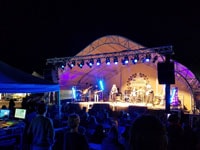




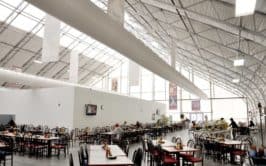






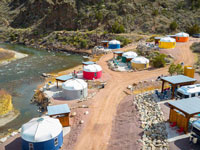
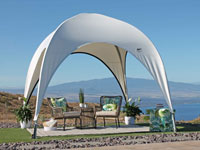

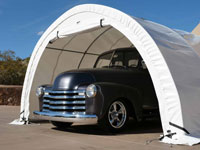
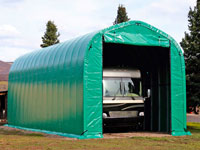




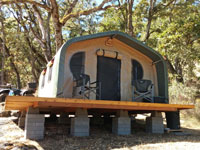
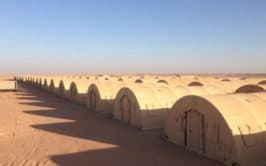
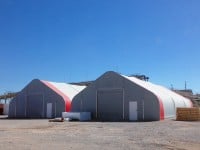
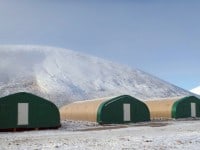
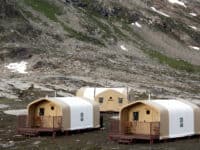
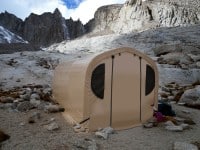
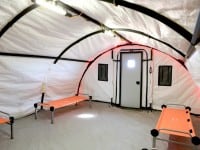
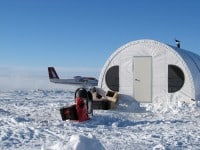
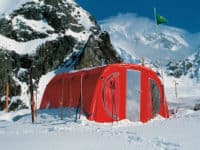
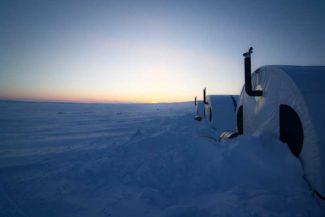

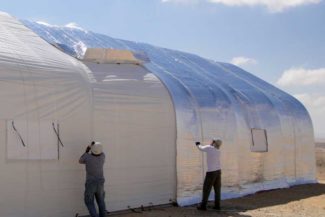


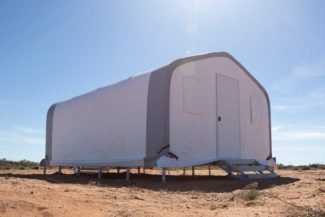

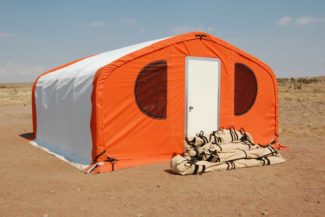




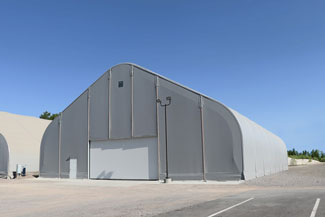

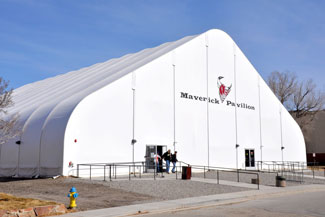
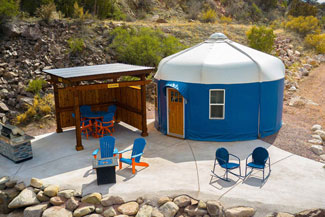
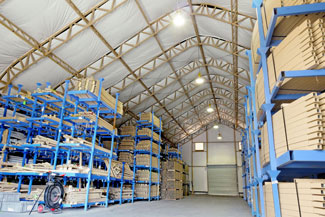

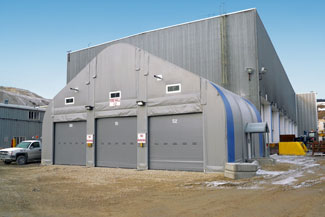
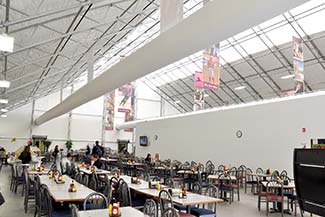

Leave a Reply